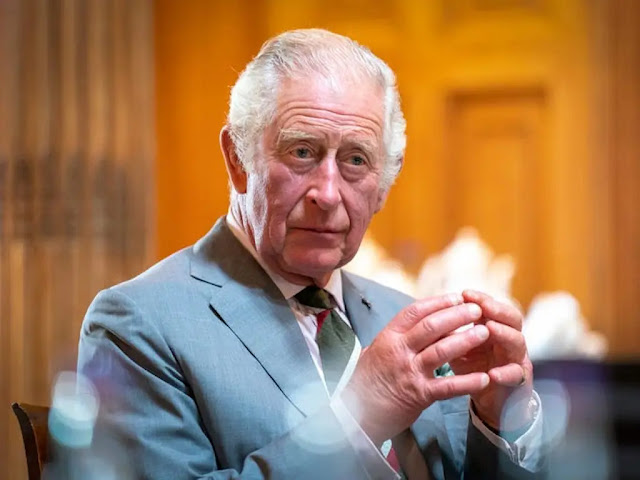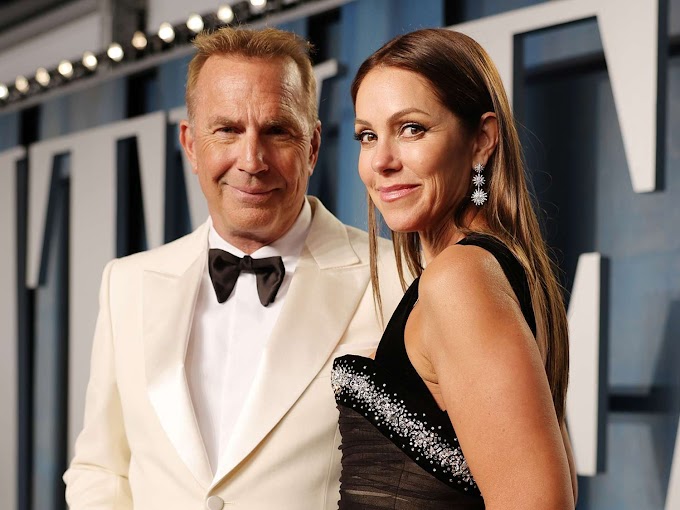King Charles III has inherited a role that is steeped in tradition, but his reign already marks a distinct shift from that of his mother, Queen Elizabeth II. While both monarchs share a deep commitment to their duties, Charles has brought his unique vision, style, and priorities to the throne, differentiating himself as a modern ruler poised to navigate the challenges of the 21st century. His approach is marked by a blend of continuity and change, reflecting the evolving dynamics of the British monarchy.
One of the most striking ways in which King Charles III stands apart from previous monarchs is his deep and long-standing commitment to environmental and sustainability issues. For decades, even before it was widely popular, Charles was an outspoken advocate for climate change action, sustainable farming, and environmental conservation. His organic farming initiative at Highgrove, as well as his support for alternative energy sources, positioned him as a pioneer in these areas long before they became mainstream concerns. As king, Charles has continued to champion environmental causes, which signals a shift in the monarchy’s role in addressing global challenges. While the monarchy traditionally avoids engaging directly in political matters, Charles has subtly incorporated his passion for environmentalism into his royal duties without overstepping his constitutional boundaries.
In contrast to the more reserved and enigmatic Queen Elizabeth II, King Charles III has often been more expressive in his opinions. Throughout his life, he has been known to share his thoughts on issues such as architecture, urban planning, and education. This openness has occasionally sparked controversy, with critics accusing him of being too political for a future monarch. However, Charles has since adapted, and as king, he has worked to strike a balance between maintaining the monarchy’s neutral stance and addressing the issues close to his heart. His past activism, while a hallmark of his personal identity, is now tempered by the expectations of his new role.
Another area where King Charles III has made a clear departure from tradition is his focus on creating a more streamlined and cost-efficient monarchy. Even before ascending to the throne, he expressed a desire to "slim down" the royal family, reducing its size and financial burden on taxpayers. This vision includes fewer working royals and a clearer distinction between those who represent the monarchy in an official capacity and those who pursue private ventures. This move reflects the changing attitudes of the public, who are increasingly scrutinizing the costs of the monarchy, and signals Charles’ awareness of the need for adaptation to maintain the institution’s relevance in modern society.
King Charles III’s leadership style is also notably different from that of his mother. Queen Elizabeth was a figure of quiet strength and constancy, embodying the tradition of "never complain, never explain." Charles, however, has a more hands-on, engaged style of leadership. He has demonstrated an eagerness to connect with the public and address contemporary issues, making his reign more interactive and responsive to the times.
King Charles III is shaping his reign with a blend of continuity and change, drawing on his personal passions and experiences while respecting the monarchy’s enduring traditions. His distinct approach is positioning him as a monarch uniquely suited to navigate the complexities of the modern world.




